- Introduction to home storage battery prices
and market dynamics
- Exploring the technology behind home solar panel battery storage
- Industry data: market trends and pricing impact
- Comparative analysis of leading battery storage manufacturers
- Customizing home solar system battery storage solutions
- Success stories and real-world applications
- Conclusion and outlook on the evolution of home storage battery prices

(home storage battery prices)
Understanding Home Storage Battery Prices: Market Overview
The evolving landscape of residential energy solutions has placed increased focus on home storage battery prices. Over the past decade, the cost structure for these systems has rapidly shifted. According to BloombergNEF's 2023 battery price survey, global lithium-ion battery pack prices hit an all-time low, averaging $139 per kilowatt-hour in 2022—a dramatic decrease from $684/kWh in 2013. This significant price contraction is largely attributed to technological advancements, manufacturing scalability, and rising demand for renewable integration.
Homeowners currently looking for reliable battery solutions encounter a wide range of price points, primarily dictated by battery chemistry, storage capacity, life cycle, and integrated smart functionalities. There is also a strong interplay between local incentives (such as federal tax credits or rebates) and the final landed cost to the consumer. In regions with aggressive energy arbitrage or frequent power outages, the value proposition for a home storage system can enhance further, pushing growth beyond simple energy backup towards grid optimization and energy independence.
Technical Advances in Home Solar Panel Battery Storage
Modern home solar panel battery storage systems make use of cutting-edge lithium-ion and, increasingly, lithium iron phosphate (LiFePO4) technologies. These chemistries offer superior energy densities, longer cycle life (up to 6,000–10,000 cycles), and enhanced safety profiles compared to earlier lead-acid batteries. Systems now commonly include integrated battery management systems (BMS), real-time energy flow analytics, and compatible inverters that maximize photovoltaic (PV) self-consumption.
Newer models feature modular architecture—users can add or scale batteries to tailor capacity to changing needs. Some top-tier products even provide advanced load shifting, time-of-use optimization, automatic backup switching, and off-grid capabilities. The ability to remotely monitor performance and diagnose issues further future-proofs investments for homeowners. This technological sophistication translates to more reliable energy resilience and optimized utility savings.
Market Data: Trends and Price Drivers
Recent market data reveals a global uptick in residential energy storage adoption. The International Energy Agency (IEA) reported that global installed residential storage exceeded 7.5 GWh in 2022, fueled by falling prices and aggressive policy support. The typical cost for residential battery storage systems in the U.S. ranges from $10,000 to $18,000 (before incentives) for high-performing packages. Battery costs account for roughly 60-70% of the total system expense.
A breakdown of the factors influencing home storage battery prices includes:
- Battery chemistry (Li-ion/NiMH/Lead-acid)
- Capacity (measured in kWh)
- Power output and peak loads (measured in kW)
- Number of charge/discharge cycles
- Smart integration features (apps, BMS, inverters)
- Warranty and after-sales support
- Regional market incentives and tariffs
Larger system sizes tend to offer slightly better price-per-kilowatt-hour values. Nevertheless, advancements in manufacturing automation and raw material supply chain stabilization are expected to further compress costs through 2026.
Comparing Leading Manufacturers: Data-Based Insights
Selecting the optimal home solar system battery storage solution requires a comprehensive comparison of top industry brands. Key metrics include upfront cost, usable capacity, expected cycle life, depth of discharge, and integrated smart controls. Below is a comparative table of several top brands, drawing from public specification sheets and verified industry datasets:
| Brand/Model |
Price (USD, 10 kWh) |
Usable Capacity (kWh) |
Cycle Life |
Depth of Discharge |
Warranty (Years) |
Smart Features |
| Tesla Powerwall 2 |
~$9,200 |
13.5 |
5,000+ |
90% |
10 |
Mobile app, backup, time-based controls |
| LG Chem RESU10H |
~$7,700 |
9.8 |
6,000 |
95% |
10 |
Energy management, remote monitoring |
| Sonnen eco 10 |
~$10,500 |
10 |
10,000 |
90% |
10 |
Grid sharing, app, load control |
| Enphase IQ Battery 10T |
~$9,900 |
10.08 |
7,300 |
100% |
10 |
Microinverter integration, app |
| BYD Battery-Box Premium HVS |
~$8,400 |
10.2 |
8,000+ |
96% |
10 |
Modular expandable, app |
Each manufacturer targets distinct user requirements, with premium models leveraging broader smart integrations and longevity. Tesla Powerwall leads in sheer market recognition, while LG Chem and BYD offer modular expandability suitable for phased upgrades. Sonnen emphasizes community grid services, and Enphase is notable for advanced inverter integration.
Customizing Solutions: Optimizing Home Solar System Battery Storage
The modularity and scalability of contemporary home solar system battery storage platforms empower homeowners to tailor systems for their actual energy needs. Key customization strategies include:
- Load Assessment: Analyze home energy usage (especially peak loads and critical devices).
- Sizing the System: Choose battery capacity and inverter output based on daily consumption and potential growth.
- Backup Requirements: Decide if the storage should cover a few hours, full-day outages, or enhance time-of-use savings.
- Space & Mounting: Assess installation locations for wall-mounted or floor-standing units (garages, basements).
- Intelligent Controls: Integrate with renewables and energy management apps for optimal scheduling and backup dispatch.
- Safety & Compliance: Meet local electrical codes and fire safety standards.
Qualified installers typically conduct a thorough energy audit and offer proposals balancing upfront cost, storage resilience, and long-term operational savings. Homeowners are further advised to evaluate warranty conditions, after-sales support, and manufacturer reputation before committing.
Real-World Performance: Case Studies and User Benefits
Households across diverse regions are reporting transformative results with integrated battery storage. A notable California home, retrofitted in 2022 with a 12 kWh system paired with rooftop solar, reduced its annual grid consumption by 72% while eliminating blackouts during regional power shut-offs. In Queensland, Australia, a family utilized a 10 kWh system with time-of-use load shifting to cut energy bills by nearly 60%.
Commercial models like Sonnen’s VPP (Virtual Power Plant) programs in Germany and the U.S. have demonstrated further value: participants leverage aggregated home battery resources to provide grid balancing services and, in return, receive energy credits or compensation. A study by Wood Mackenzie Power & Renewables found that battery-equipped homes can average an additional $500–$900 in annual grid-service payments, depending on market design.
Beyond financial benefits, battery storage systems have also enhanced homeowner peace of mind, particularly in hurricane-prone or wildfire regions, where grid outages are increasingly common. Modern systems offer seamless, automatic switching and remote management for trouble-free operation.
The Future of Home Storage Battery Prices: Value, Innovation, and Adoption
The trajectory of home storage battery prices points toward greater affordability and accessibility as technology matures and competitive pressures intensify. Analysts project further price decreases of 10–20% by 2026, spurred by innovations in materials science, advanced recycling of battery components, and global policy support for decentralized renewable energy. With energy resilience and decarbonization ranking among top homeowner priorities, battery storage adoption is expected to accelerate worldwide.
As manufacturers refine chemistry choices and optimize manufacturing logistics, the balance between cost, safety, and performance will evolve in favor of the consumer. Forward-thinking homeowners are increasingly empowered to future-proof their energy infrastructure—benefiting from smarter homes, lower bills, and a reduced carbon footprint.

(home storage battery prices)
FAQS on home storage battery prices
Q: What factors influence home storage battery prices?
A: Home storage battery prices are affected by capacity, battery type, and brand. Installation costs and government incentives can also impact overall pricing. Comparing different models helps identify the best value.
Q: How do home solar panel battery storage systems work?
A: Home solar panel battery storage systems store excess energy generated from your solar panels. This energy can then be used when solar power isn't available, such as at night or during outages. They increase energy independence and savings.
Q: Are home solar system battery storage options worth the investment?
A: Yes, these battery storage options can help lower electricity bills and provide backup power during outages. The value increases in areas with high energy costs or frequent outages. Long-term savings often offset the initial investment.
Q: What is the average price range for home storage battery prices?
A: Most home storage battery prices range from $5,000 to $15,000, depending on capacity and features. Installation and additional hardware may add to the cost. Larger batteries for whole-house backup usually cost more.
Q: Can I add battery storage to an existing home solar system?
A: Yes, most existing home solar systems can be upgraded with battery storage. Compatibility depends on your current inverter and system setup. It’s best to consult a professional installer for a tailored solution.
 LEARN DETAILS
LEARN DETAILS



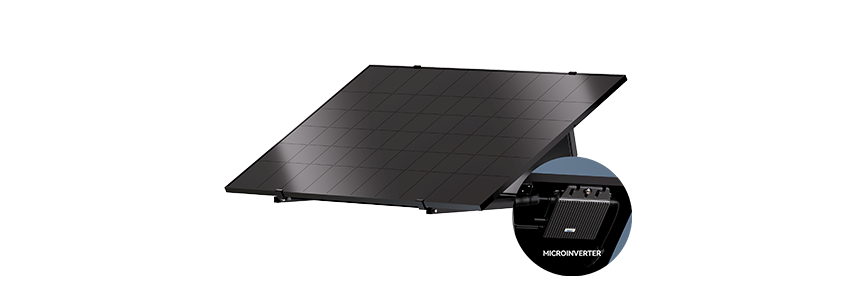

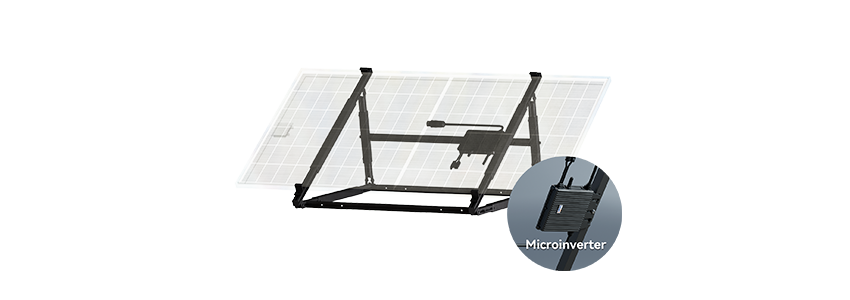
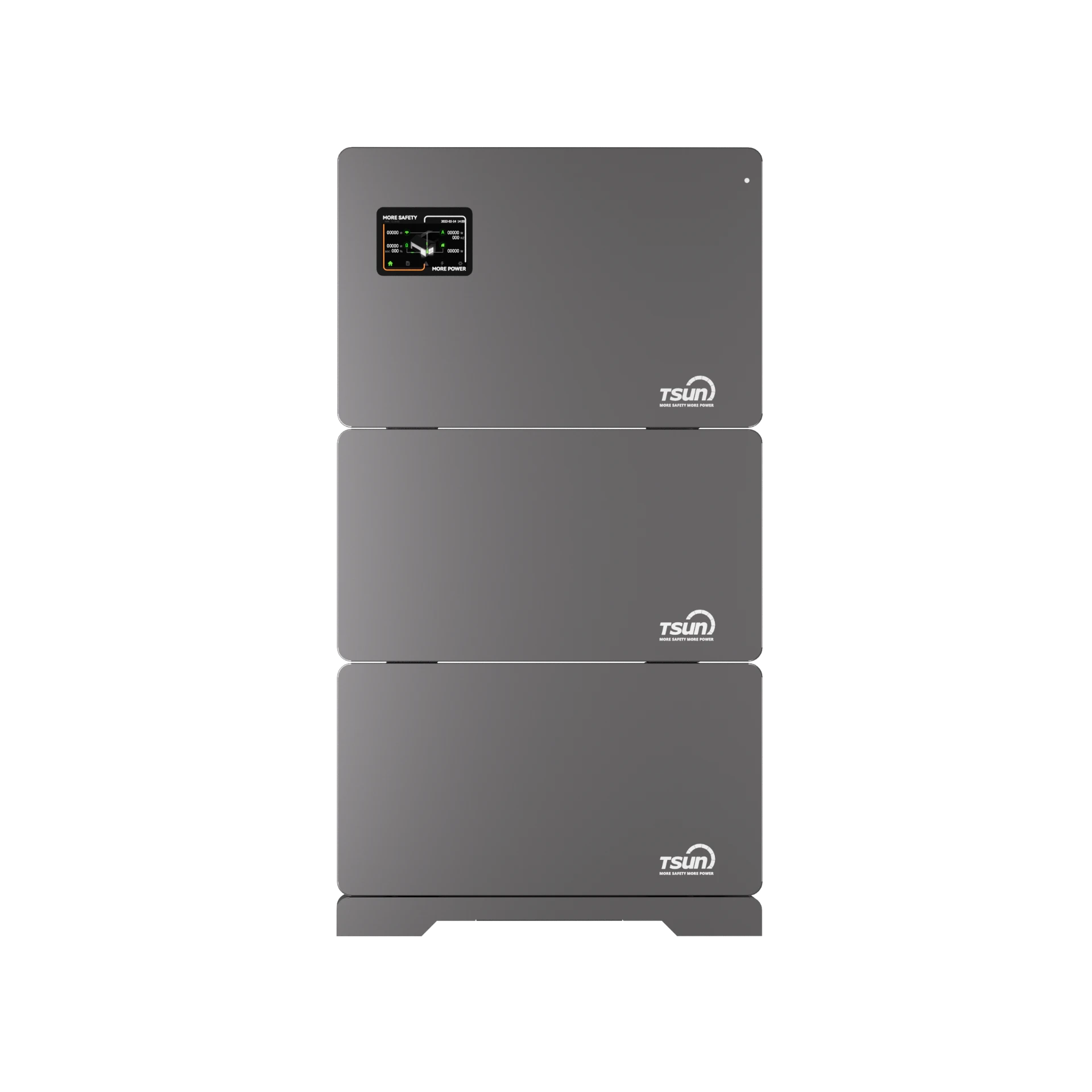




 LEARN DETAILS
LEARN DETAILS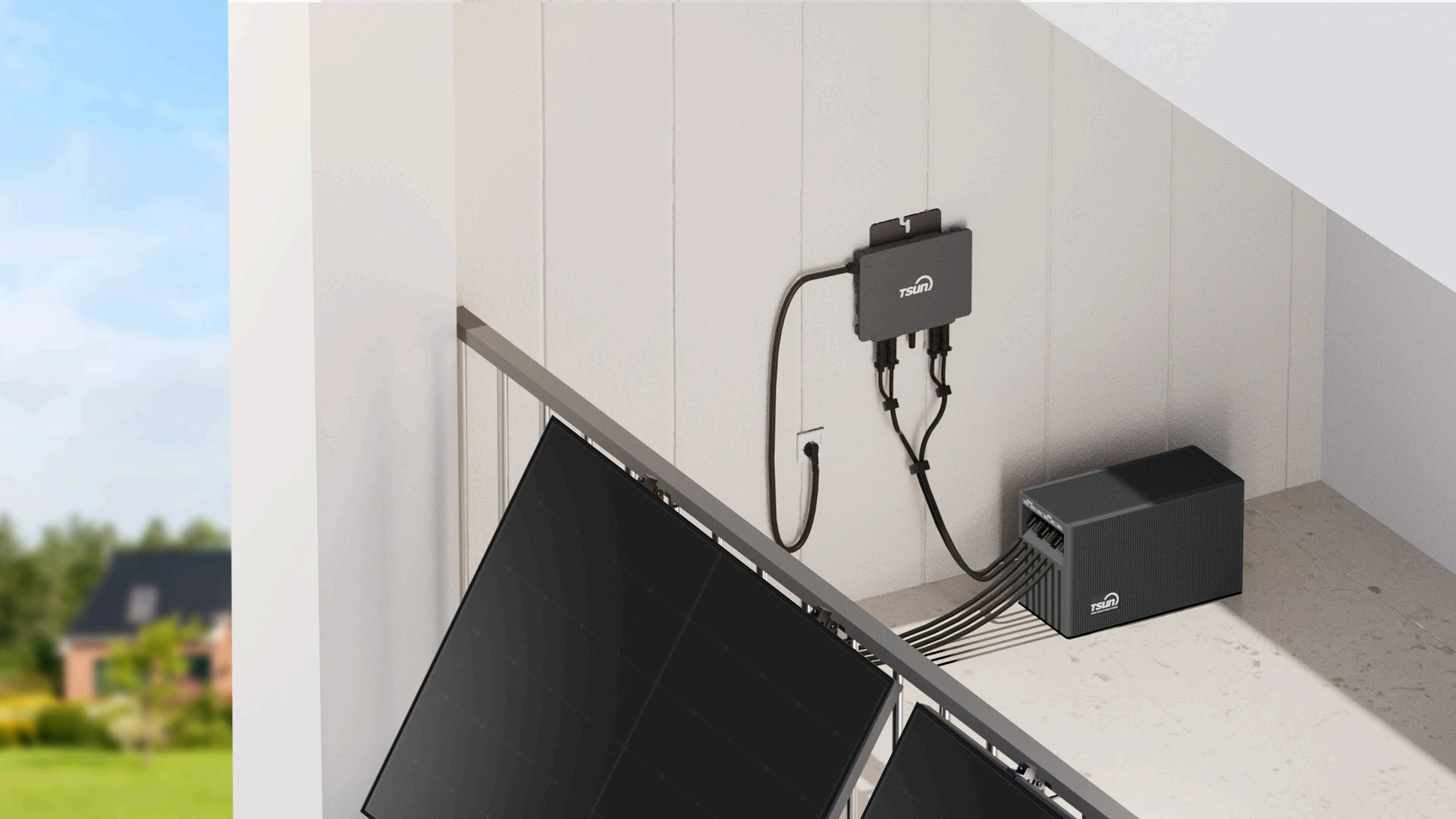
 LEARN DETAILS
LEARN DETAILS
 LEARN DETAILS
LEARN DETAILS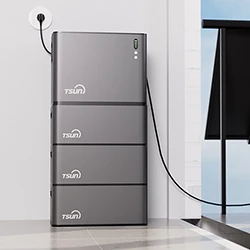
 LEARN DETAILS
LEARN DETAILS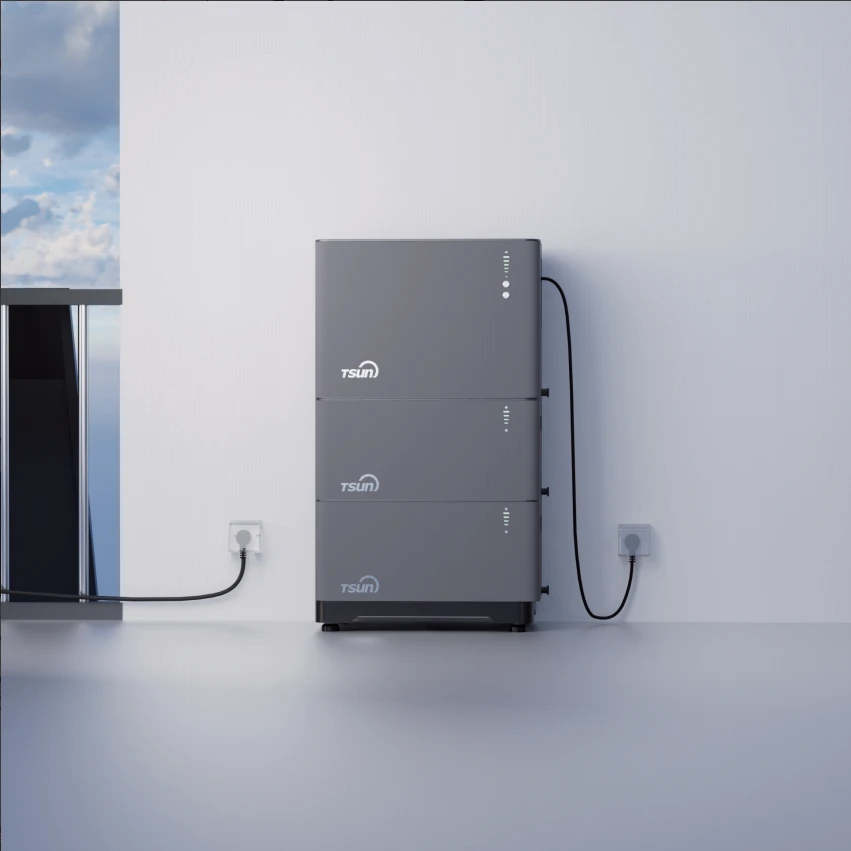
 LEARN DETAILS
LEARN DETAILS

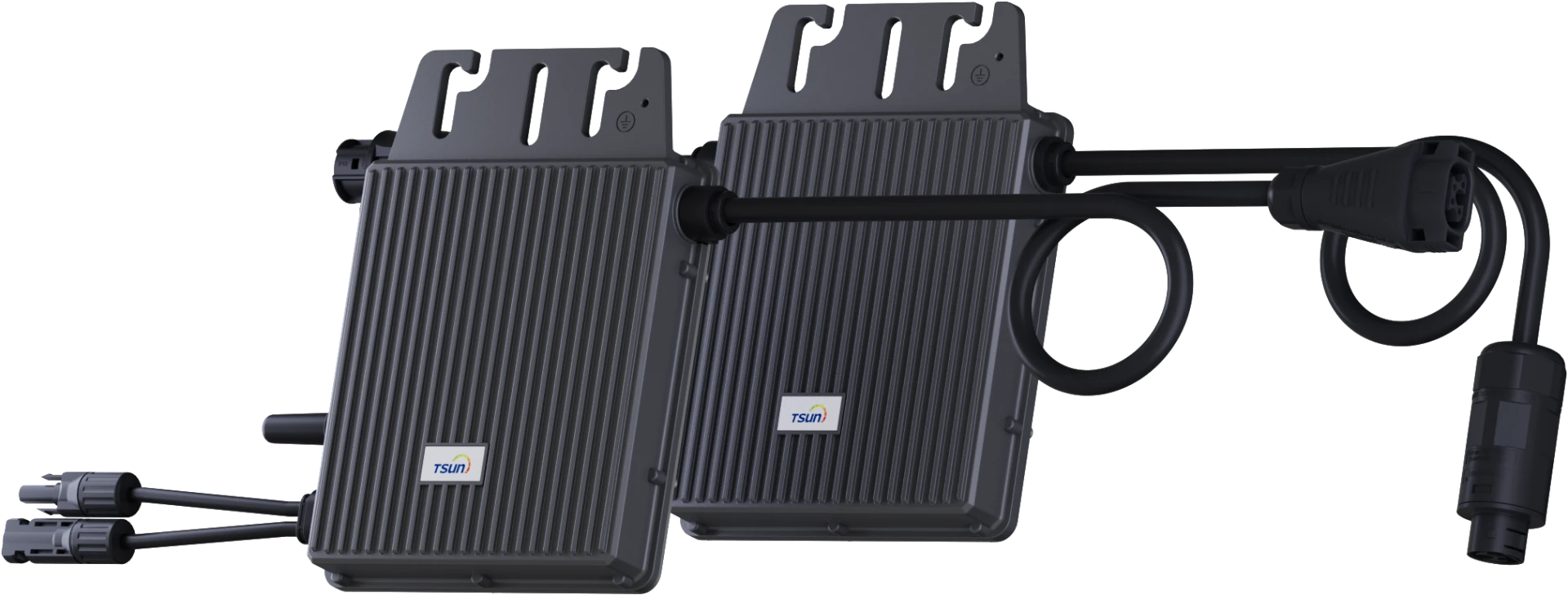

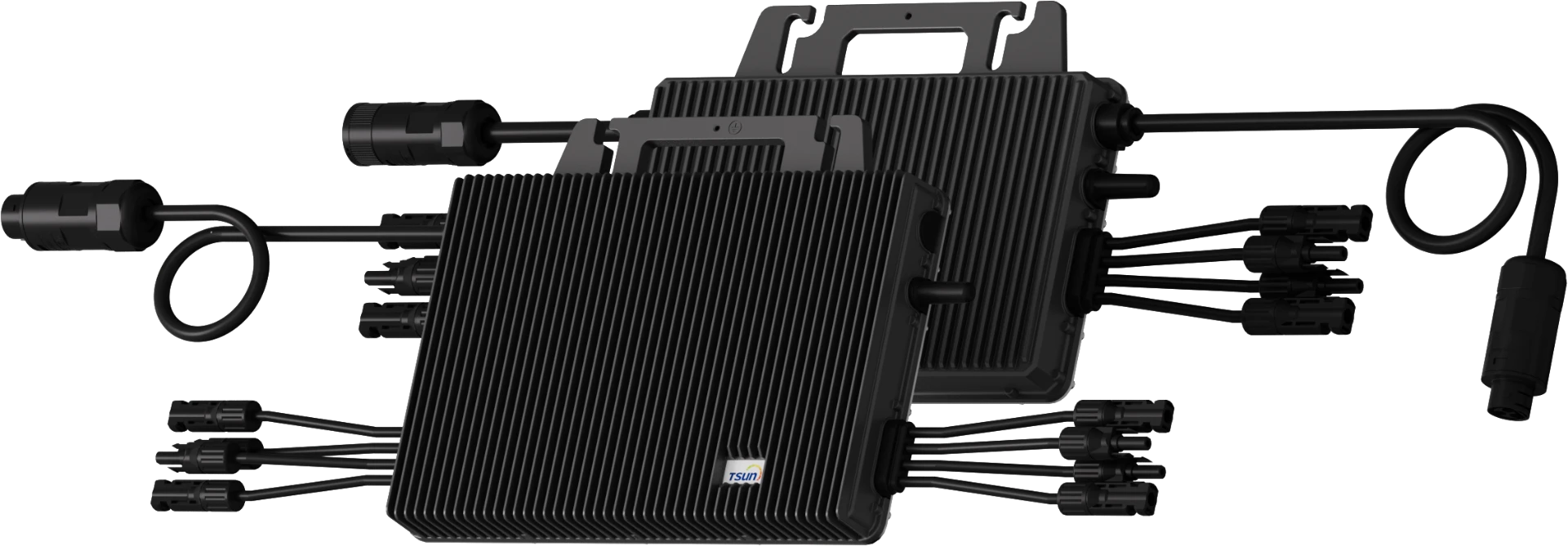
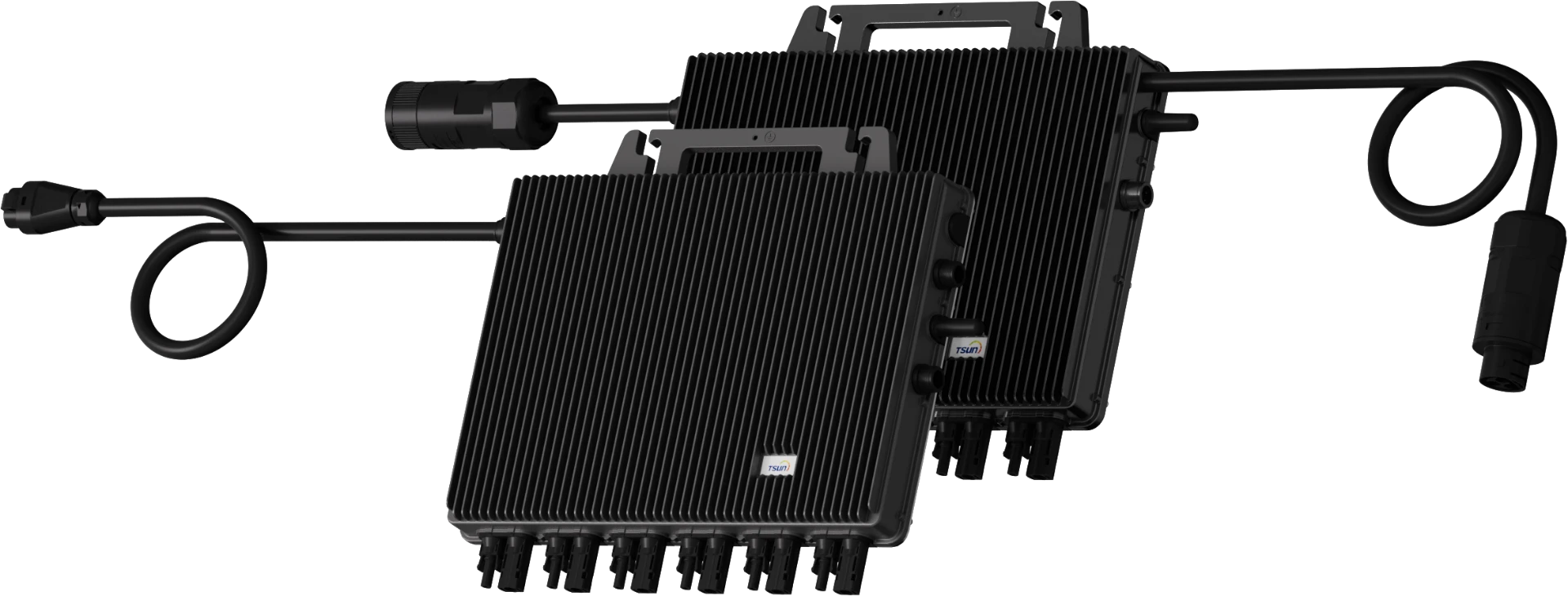
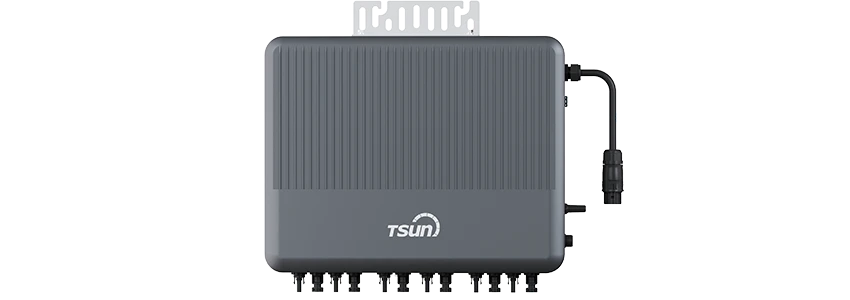
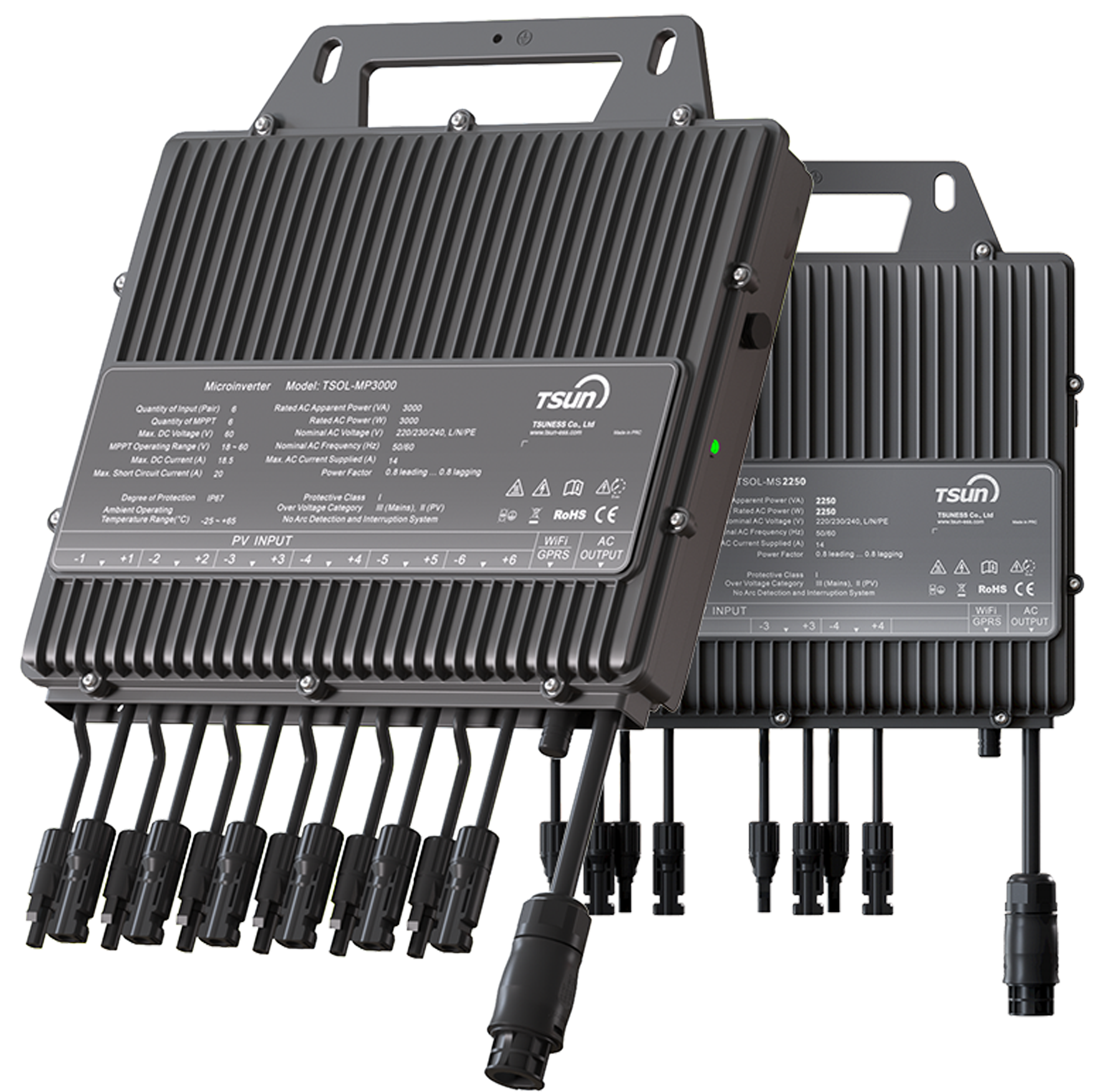

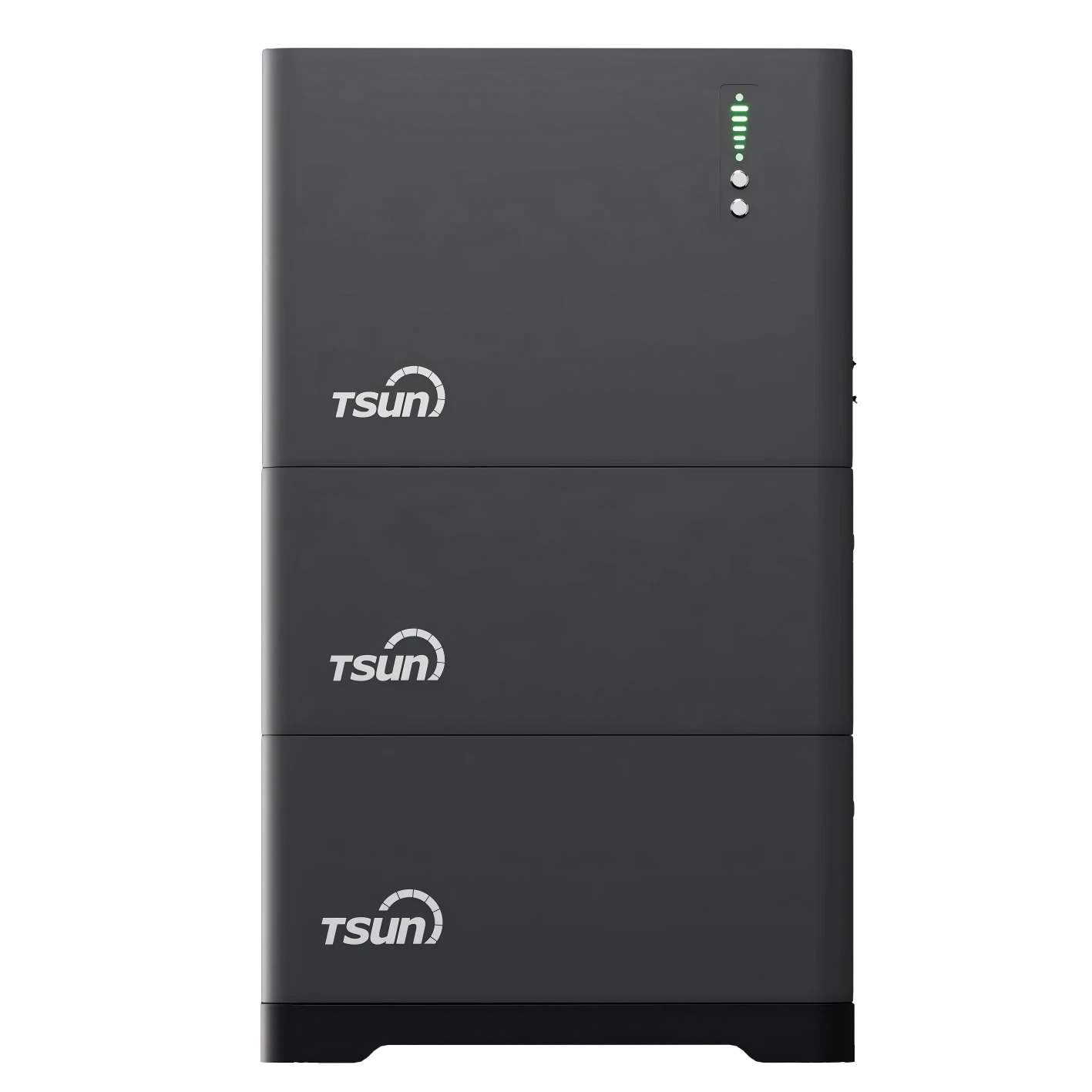
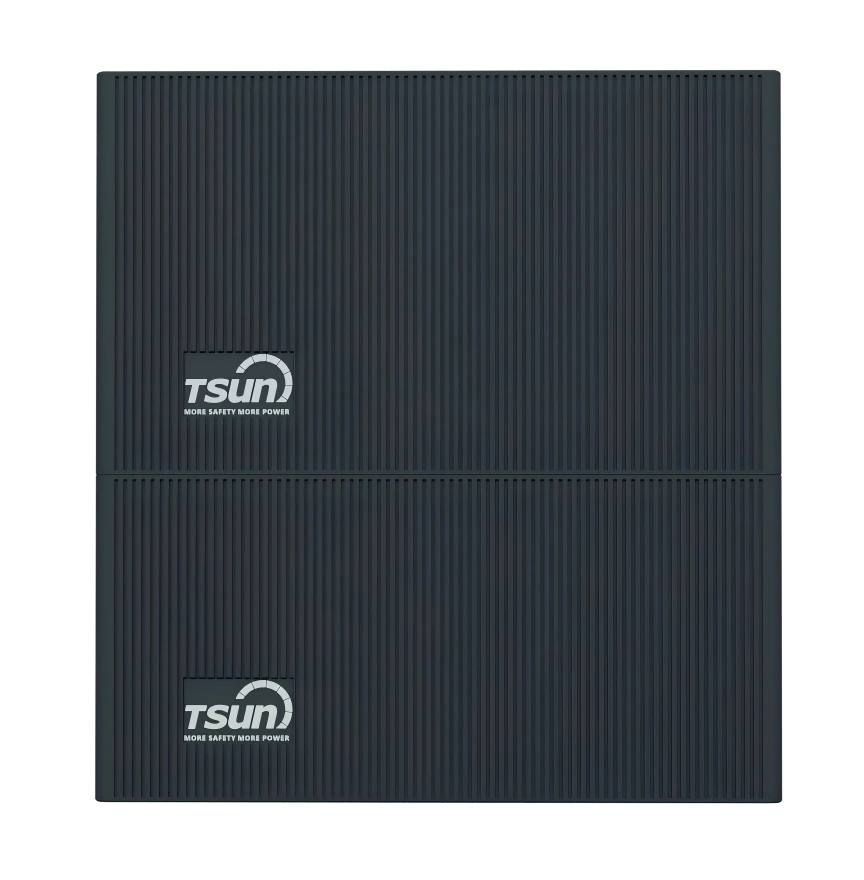



 Downloads
Downloads Video Center
Video Center Report Fault for Repair
Report Fault for Repair FAQS
FAQS Service Network
Service Network Privacy Policy
Privacy Policy Contact us
Contact us Monitoring
Monitoring




 LEARN MORE
LEARN MORE








